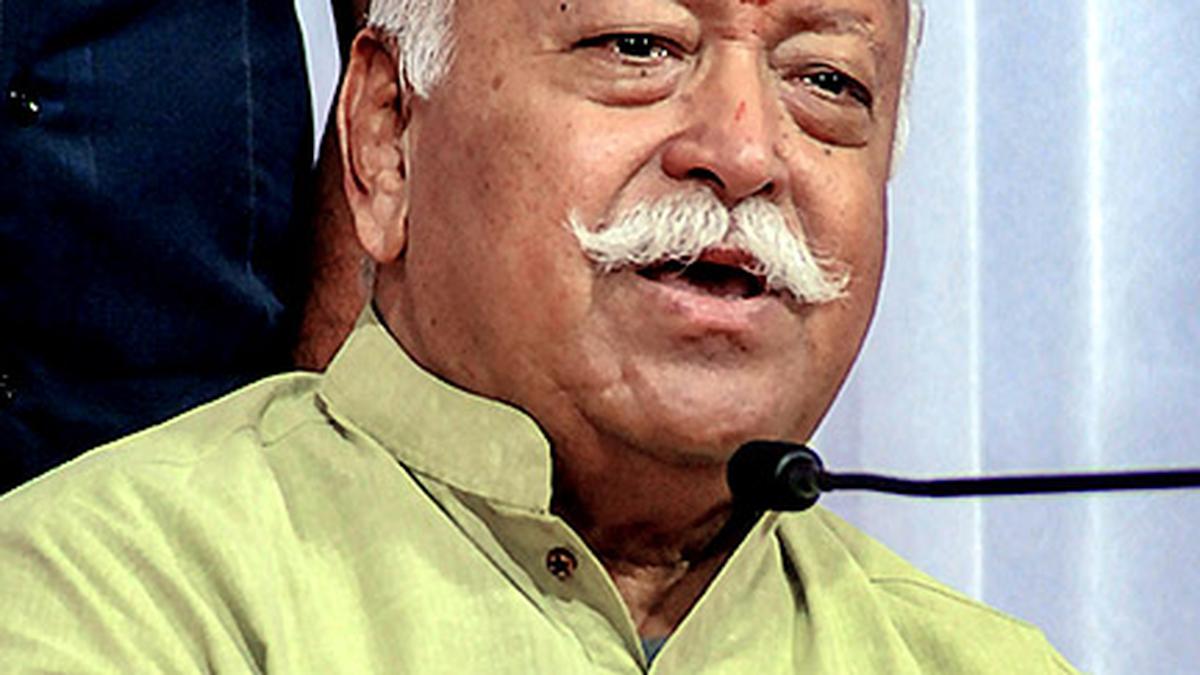The foundation stone for a new High Court building of Telangana in Rangareddy district marks a milestone in the evolution of the judicial system in Hyderabad.
Unlike the High Courts of Bombay, Chennai and Calcutta, the High Court in Hyderabad was shaped by the Asaf Jahi rulers. It is from a time when judgments were the preserves of Jagirdars in their territory. The earliest court in Hyderabad was the Dar ul Qaza Balda during the time of Maharaja Chandulal. But it was a chaotic arrangement with overlaps. One of the places where justice was administered was called ‘Adalat e Chini Khana’ at Dewan Deodi, where matters under ₹1,000 were decided. The Chini Khana was one of the rooms in the palace of the Salar Jung that was decorated with chinaware.
It was during the time when Salar Jung was the prime minister that the separation of civil and criminal jurisdiction was made. The Mahakma-e-Sadar Murafa was established with jurisdiction over ‘kul mumalik-i-mahroosa sarkar-i-aali’ (the whole of H. E. H. the Nizam’s Dominions).
Mahakma is the place where justice is administered. In 1872, the Mahakma-e-Murafa-e-Azla or a court of appeals was set up that took care of civil and criminal cases from the metropolitan courts and also from the district. Then it was the Majlis Aaliya Adalat that consisted of a chief justice and four associate justices. The current Telangana High Court has a sanctioned strength of 42 judges.
People living in what is now Sultan Bazaar area, Secunderabad and other places had a justice system where the resident had judicial powers. The court has been constantly on the move from the time it was set up by Salar Jung.
During the plague of 1912, it functioned from the Public Gardens. Then it was moved to the Lakkad Lot, the wooden palace of Salar Jung on the banks of River Musi. Once the new building was completed on April 20, 1919, the court got a permanent place. But it is going to move again.
“Do we need a bigger premise for the High Court?” is the question posed by historian and Intach co-convenor Sajjad Shahid. “The court premises were used for dispensing justice to the whole of Andhra Pradesh. Now, with a smaller state, the premises should have been sufficient,” he says.
“Earlier, the commissioner’s office was in the core area of Hyderabad near Purani Haveli. That practice has been stopped. Now with the removal of the High Court from the city area, the relevance of the city will decline. It will be another mohalla, or a ghetto,” says Mr. Shahid.

 1 month ago
111
1 month ago
111


